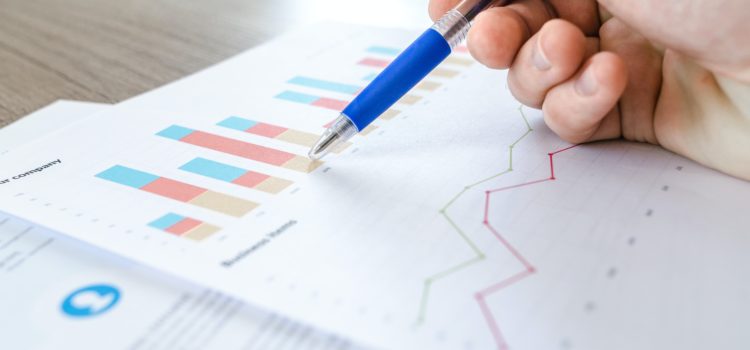What did Stephen Hawking say about aliens in his book Brief Answers to the Big Questions? Did Hawking believe in the existence of extraterrestrials? According to famed theoretical physicist Stephen Hawking, aliens most likely exist, but there’s a good chance humanity will never encounter them. This is because Hawking believed that extraterrestrial life is likely unintelligent and lacks the technology to communicate with others. Here’s an in-depth look at Stephen Hawking’s theories about aliens.
Stephen Hawking: Aliens Are Probably Out There










